When money was tight in the 1960s, families had to get creative with mealtime. Parents stretched pennies and made do with whatever they could afford. These humble dishes weren’t fancy or nutritious, but they filled empty stomachs when there wasn’t much else. Looking back at these meals shows us just how far some families went to keep hunger at bay during tough times.
1. Ketchup Soup
Desperate times called for desperate measures when the cupboards were nearly bare. Families would grab free ketchup packets from restaurants, squeeze them into hot water, and call it soup. Sometimes a dash of salt or pepper would be added if available.
Kids would hold their noses while drinking this watery concoction from mugs or bowls. The tangy tomato flavor barely masked the reality that this wasn’t really food at all – just a way to put something warm in an empty stomach.
Many who grew up with ketchup soup still can’t stand the smell of hot ketchup today, as it brings back memories of those hardest days when even beans or bread were luxuries.
2. White Bread with Sugar and Milk
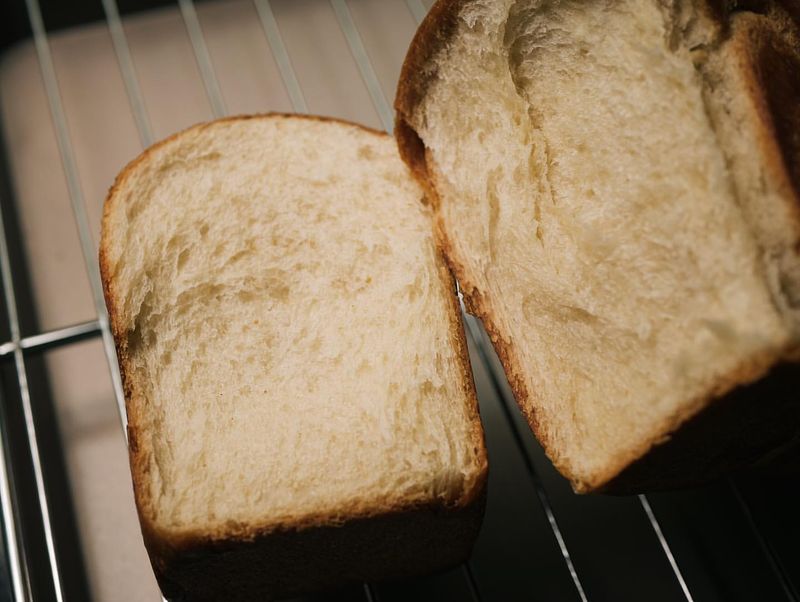
Sweet memories hide bitter truths for many who grew up poor. Torn pieces of white bread swimming in milk with a sprinkle of sugar was sold to children as a special treat, though it was really just the cheapest possible dessert a family could manage.
The soggy mixture turned to mush quickly, but kids would eagerly scrape every last bit from their bowls. Parents sometimes called it “poor man’s pudding” or “depression dessert” to make it sound more appealing.
For many families, this simple combination served double duty as both breakfast and dessert, offering calories but little nutrition during times when fruit or proper sweets were unaffordable luxuries.
3. Fried Bologna Sandwiches
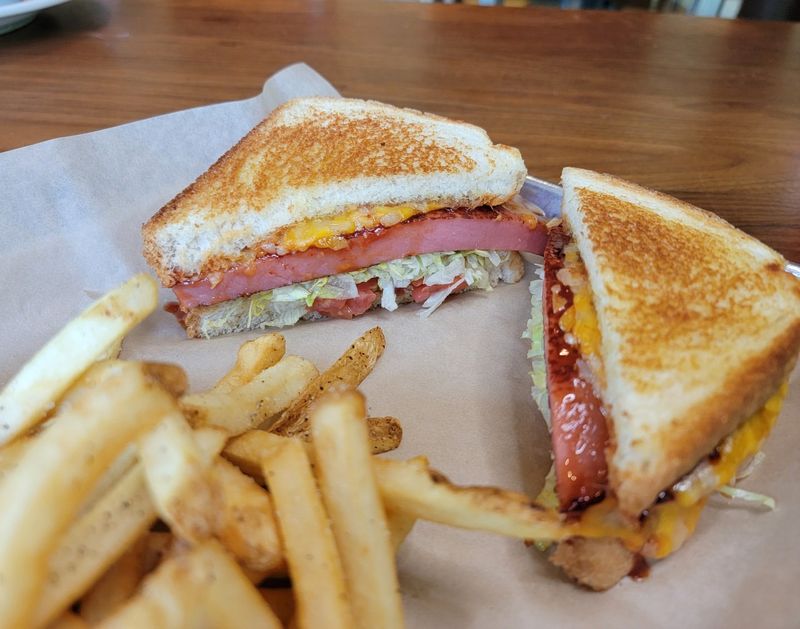
The sizzle and curl of bologna in a hot pan meant dinner was almost ready. Families bought this processed meat because a single package could stretch across several meals – much cheaper than real cuts of beef or chicken.
Moms would slice an X in the center to prevent the meat from bubbling up too much while frying. The slightly charred edges gave some flavor to an otherwise bland sandwich made with just white bread – no lettuce, tomato, or even mustard unless it was payday.
Children would watch the circle of meat transform into a little meat “bowl” in the pan, sometimes fighting over who got the crispiest pieces for their sandwich.
4. Canned Spaghetti on White Bread
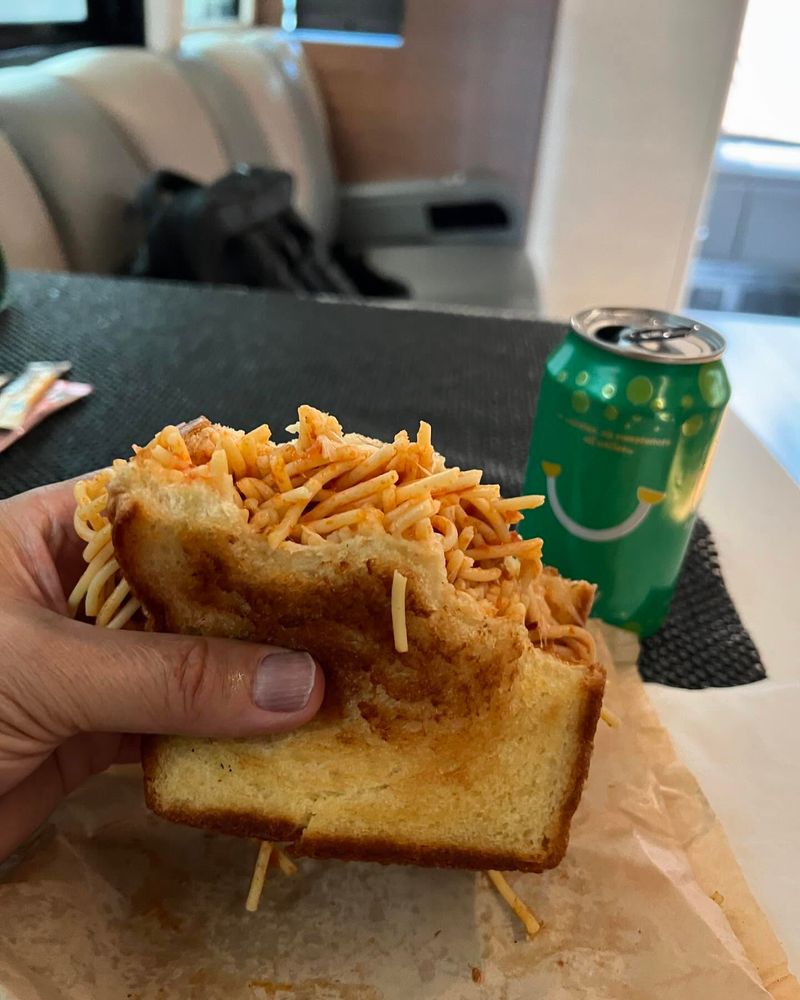
Friday nights meant payday for many working-class families, but by Wednesday the money was often gone. Canned pasta became the go-to meal when funds ran low before the next check arrived.
Parents would heat up a can of spaghetti – not the name brand, but the store version that cost half as much – and pour it over slices of white bread. The bread soaked up the thin, artificially orange sauce while adding bulk to stretch the meal further.
Some kids actually looked forward to this mushy combination, unaware it represented financial hardship. The high sodium content made it taste better than it should have, creating a strange comfort food born from necessity.
5. Hot Dogs and Canned Beans
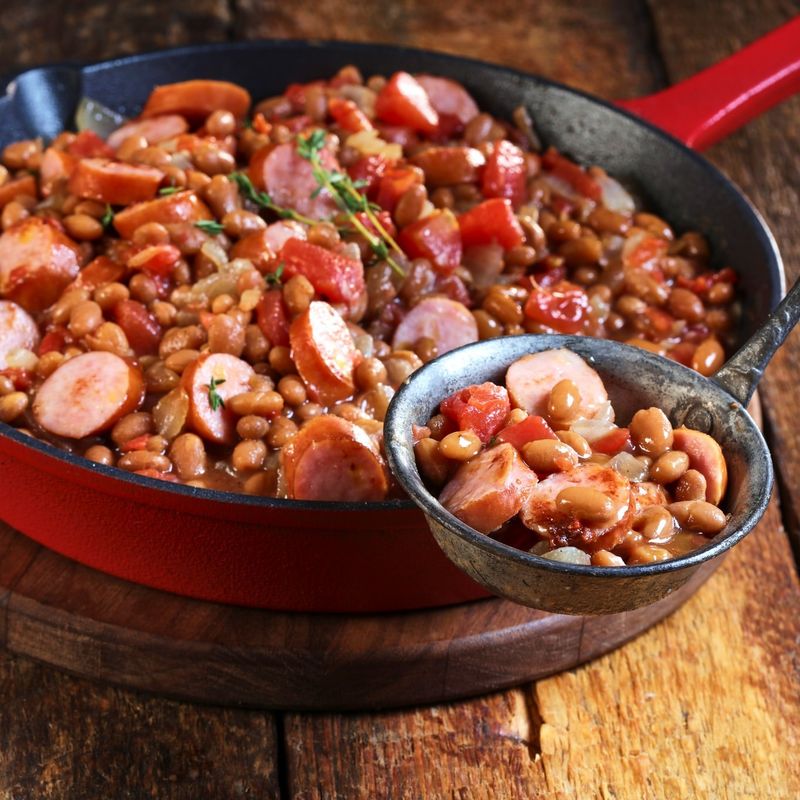
Monday’s dinner looked suspiciously like Sunday’s… and Tuesday’s would be no different. Hot dogs sliced into rounds and mixed with baked beans became such a regular fixture that many kids didn’t realize other families ate different meals throughout the week.
Parents would buy the cheapest hot dogs by the pack, cutting each one into tiny pieces to make them seem more plentiful when mixed with beans. Sometimes the addition of brown sugar or a splash of ketchup would attempt to disguise that it was the same meal yet again.
This protein-and-starch combination filled bellies reliably, even if children eventually grew to dread the sight of those familiar pink meat circles floating in brown bean sauce night after night.
6. Liver and Onions
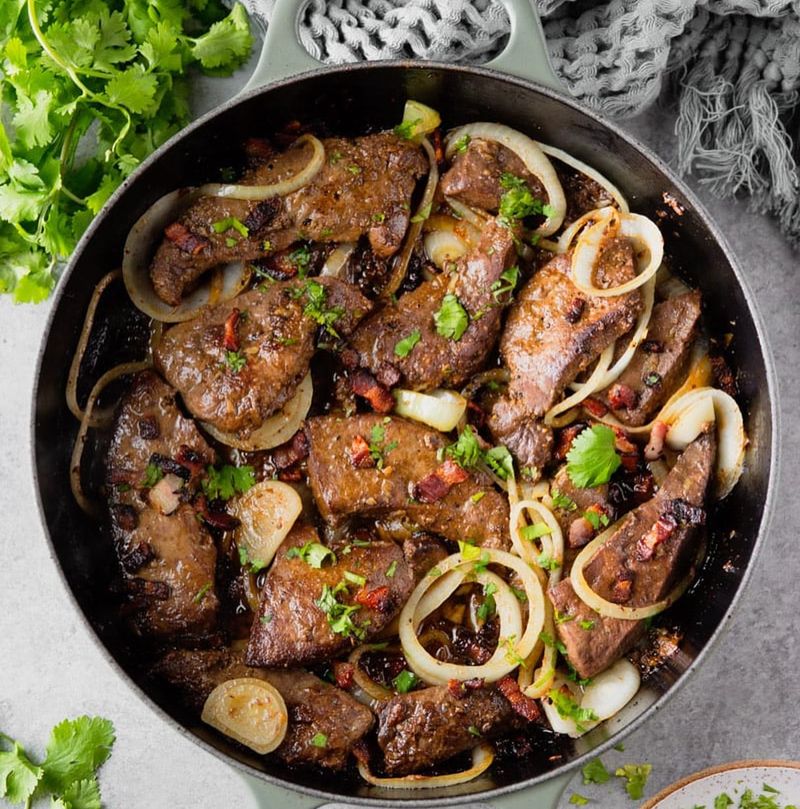
The distinctive smell would fill the house, warning children of what awaited at the dinner table. Liver – that dreaded, iron-rich organ meat – cost mere pennies per pound when other cuts were unaffordable for struggling families.
Mothers tried their best, smothering it with onions to mask the strong flavor and chewy texture. The dark, purplish-brown slabs would sit heavy on plates while children negotiated how many bites they needed to take before being excused.
Despite protests, parents insisted on serving this nutritious but despised dish, knowing it provided vitamins their growing children needed. Many adults who grew up poor still shudder at the memory of liver night, that weekly battle of wills at the dinner table.
7. Spam with Whatever Was Left
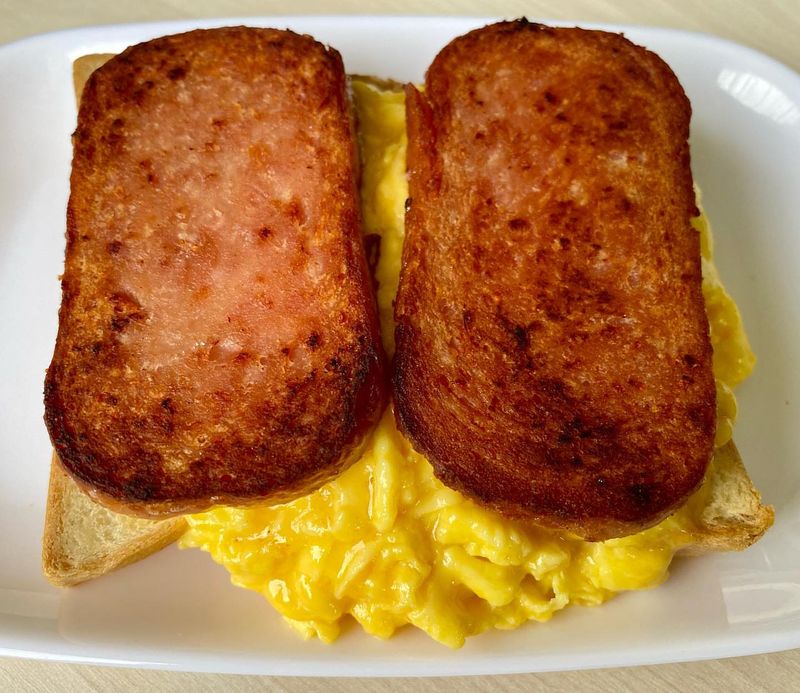
That distinctive rectangular can with the blue label meant dinner would at least include protein tonight. Spam – the shelf-stable meat product that gained popularity during wartime – remained a staple for cash-strapped families throughout the ’60s.
Mothers would slice it thin and fry until crispy, then combine it with whatever odds and ends remained in the refrigerator. Wilted vegetables, leftover rice, or the last scraps of cheese might join the salty pink meat in mysterious casseroles or skillet meals.
The heavy salt content in Spam had a miraculous way of making even the blandest combinations taste like something. Children often didn’t question what else was in these concoctions as long as the familiar salty flavor came through.
8. Mayonnaise Sandwiches
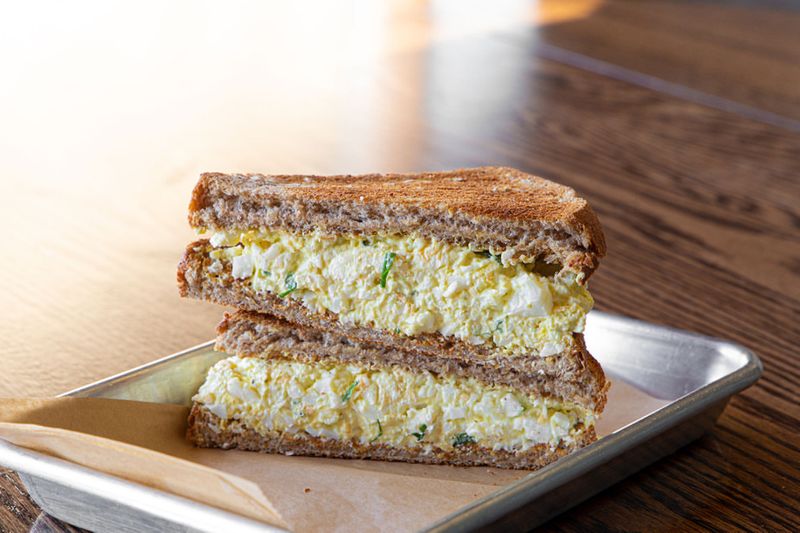
When the refrigerator held nothing but condiments, lunch still had to happen. Mayonnaise – spread thick between two slices of white bread – became an emergency meal that filled empty stomachs when nothing else was available.
Children would sometimes sprinkle salt and pepper on the creamy white spread just to add some flavor. Lucky kids might get a single slice of tomato or a leaf of lettuce added if the garden was producing or if a neighbor shared their surplus.
The bland, slippery sandwich stuck to the roof of your mouth, requiring extra water to wash it down. Yet many families relied on this simple combination to stretch through those final days before payday when grocery money had completely run out.
9. Mashed Potatoes Without Gravy or Butter
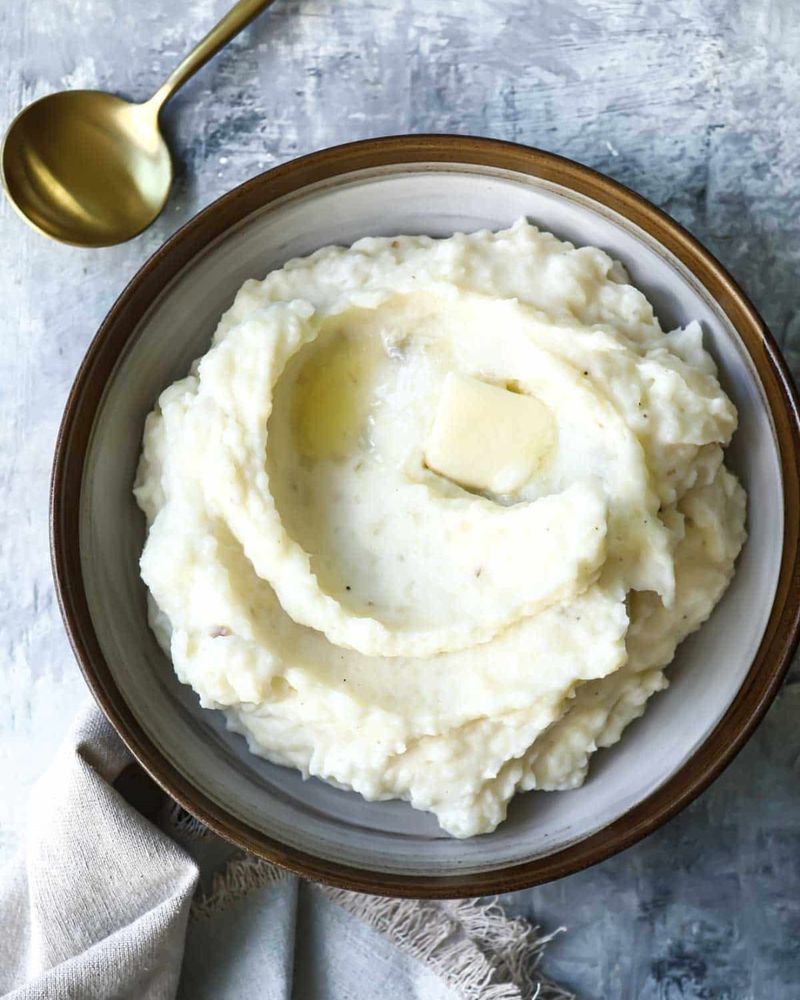
Potatoes were the ultimate survival food – cheap, filling, and available year-round. When money ran out completely, many families served plain mashed potatoes as the entire meal, not just a side dish.
Children would form little pools in the center of their white mounds, hoping for gravy or even a pat of butter that never came. Some parents added a sprinkle of salt or pepper to the bland mixture, but many couldn’t afford even those basic seasonings toward the end of the month.
The starchy meal expanded in your stomach, creating a temporary feeling of fullness despite lacking protein, vitamins, or flavor. Kids would sometimes add ketchup if available, just to make the plain potatoes more palatable.
10. Government Cheese on Everything
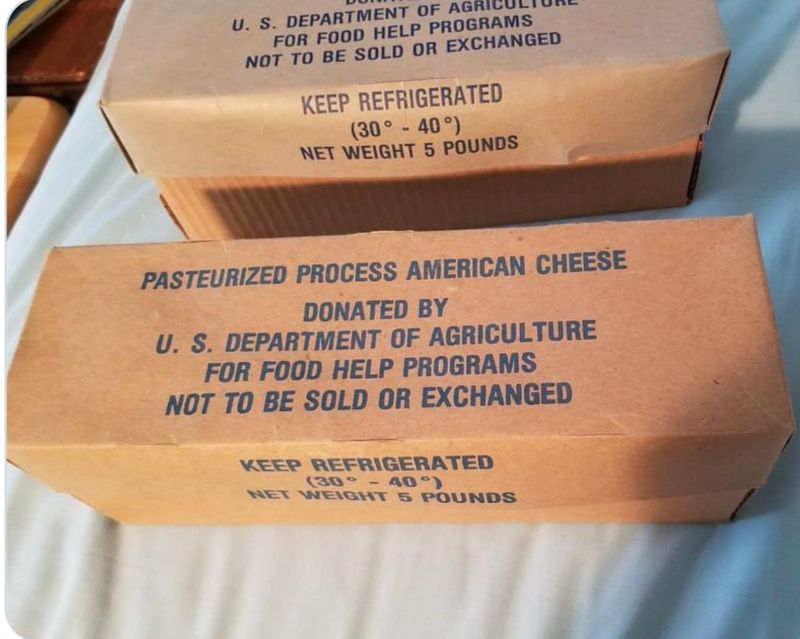
That unmistakable brick wrapped in plain packaging symbolized both relief and shame for struggling families. Government cheese – distributed through assistance programs – came in massive five-pound blocks that seemed to last forever.
The processed cheese had a distinct flavor somewhere between American and cheddar, but with a grainier texture. Families melted it over toast for breakfast, sliced it cold for lunch sandwiches, and stirred it into macaroni for dinner.
Unlike today’s food assistance programs that use inconspicuous EBT cards, carrying home that recognizable cheese block announced to neighbors that your family needed help. Still, the versatile cheese turned even the blandest ingredients into something children would eagerly eat during the hardest times.

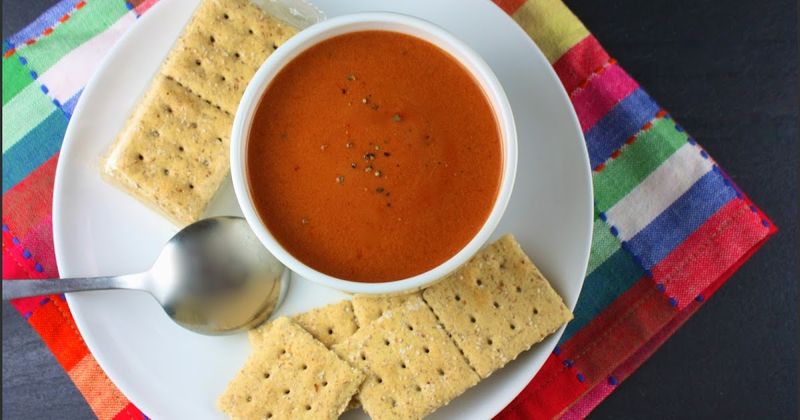
Comments
Loading…